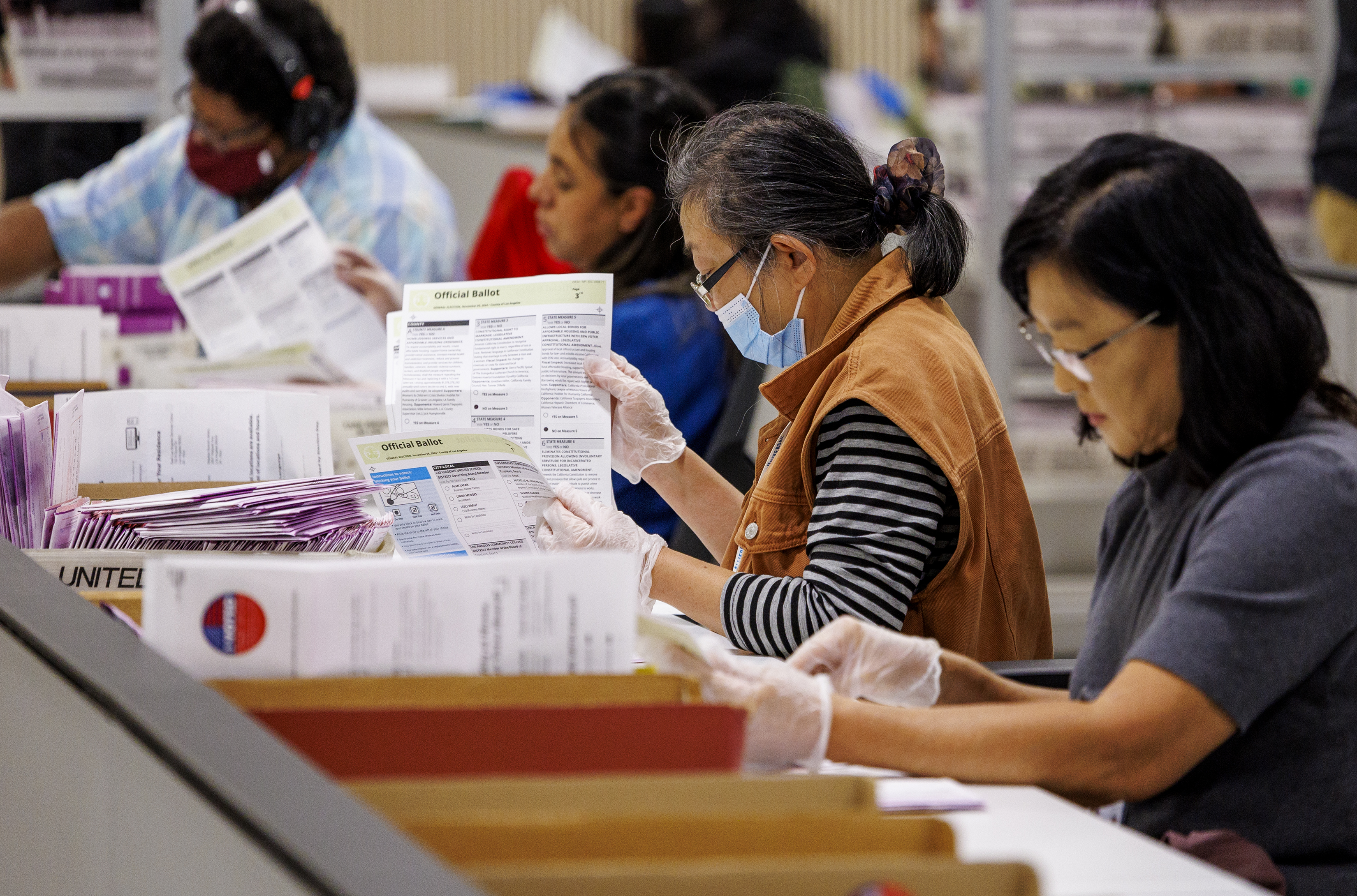New research shows a dramatic increase, both locally and nationally, in the number of young children ending up in the hospital after eating cannabis products.
According to the 2022 California Marijuana Impact Report, the number of calls to Poison Control centers nationwide for kids 0-12 years old who had ingested cannabis products went up more than 2,000% between 2016-21. The report also found the majority of Poison Control calls in California for ingesting cannabis were for children under the age of 5.
Researchers said earlier this year that there had been a marked increase in recent years among seniors visiting emergency rooms for cannabis issues.
Rady Children’s Hospital pediatrician Dr. Natalie Laub said their average patient suffering from the effects of cannabis ingestion is just 2 years old.
“We are seeing kids getting very sick,” Laub said. “Even just one edible that looks harmless — like a gummy bear —can cause kids to have seizures, stop breathing and end up in the intensive care unit.”
Laub said that in about 80% of cases, the children are discovering edibles in their home environment.
California
“They're finding edibles that are left in purses, in bedside tables, on the ground, in junk drawers, wherever these edibles are, and they're eating them because they're delicious and they're colorful and they look like gummy bears,” Laub said.
Laub has been studying cannabis ingestion in children since 2014, when recreational marijuana was legalized in California. She said that before 2020, there were 5-6 cases a year at Rady Children’s Hospital. Last year, Laub said, there were more than 150 cases and that they’re tracking even more this year.
Get a weekly recap of the latest San Francisco Bay Area housing news. Sign up for NBC Bay Area’s Housing Deconstructed newsletter.
More research is needed to determine what’s behind the increase, according to Laub. In the meantime, she said, it’s critical for those who use edibles to keep them out of reach of young children.
“You have to think of cannabis products like you would think of any other medication in your household that could make your child sick, right,” Laub said. “So you keep it up high, you keep it locked, you keep it in a childproof container. If it's colorful and attractive — appealing to a child— store it in such a way that they can't see that.”



